I want to make a combination between whit and worm lights to present the past and the future in one magic spell happening by the librarian wizard to absorb the memories of the monuments and spread it in the space
I want to make a combination between whit and worm lights to present the past and the future in one magic spell happening by the librarian wizard to absorb the memories of the monuments and spread it in the space
I’m using Fusion Optix app for the first time, it’s helping me to understand the way the lights luminance and the spread of illuminance around the objects and spaces by Color gradient
The effect of light on 3D objects
The effect of light in spaces + natural light
The effect of light on flat surfaces and light/dark colours
I had COVID-19 and I have been isolated during week 5 class
https://media.ed.ac.uk/media/Illumination%20effects/1_821yzu73
this link for a short video I captured, I noticed that when I use a white surface the luminance will have stronger affect and the illuminance will spread stronger and give better light
—————————————
Some tests I done at home
When I mixed this colours together at the beginning there was nothing interesting then I found that the dark pieces are too much and I got this result after I reduced their number, I think the problem was that the dark pieces were blocking the illuminance from reflecting on the sides of the box
Testing the RGB light colours and understanding how these 3 colours make a white light but give 3 different shades with 3 different colours, also practice the colourful lights on my project model to understand how to light it.
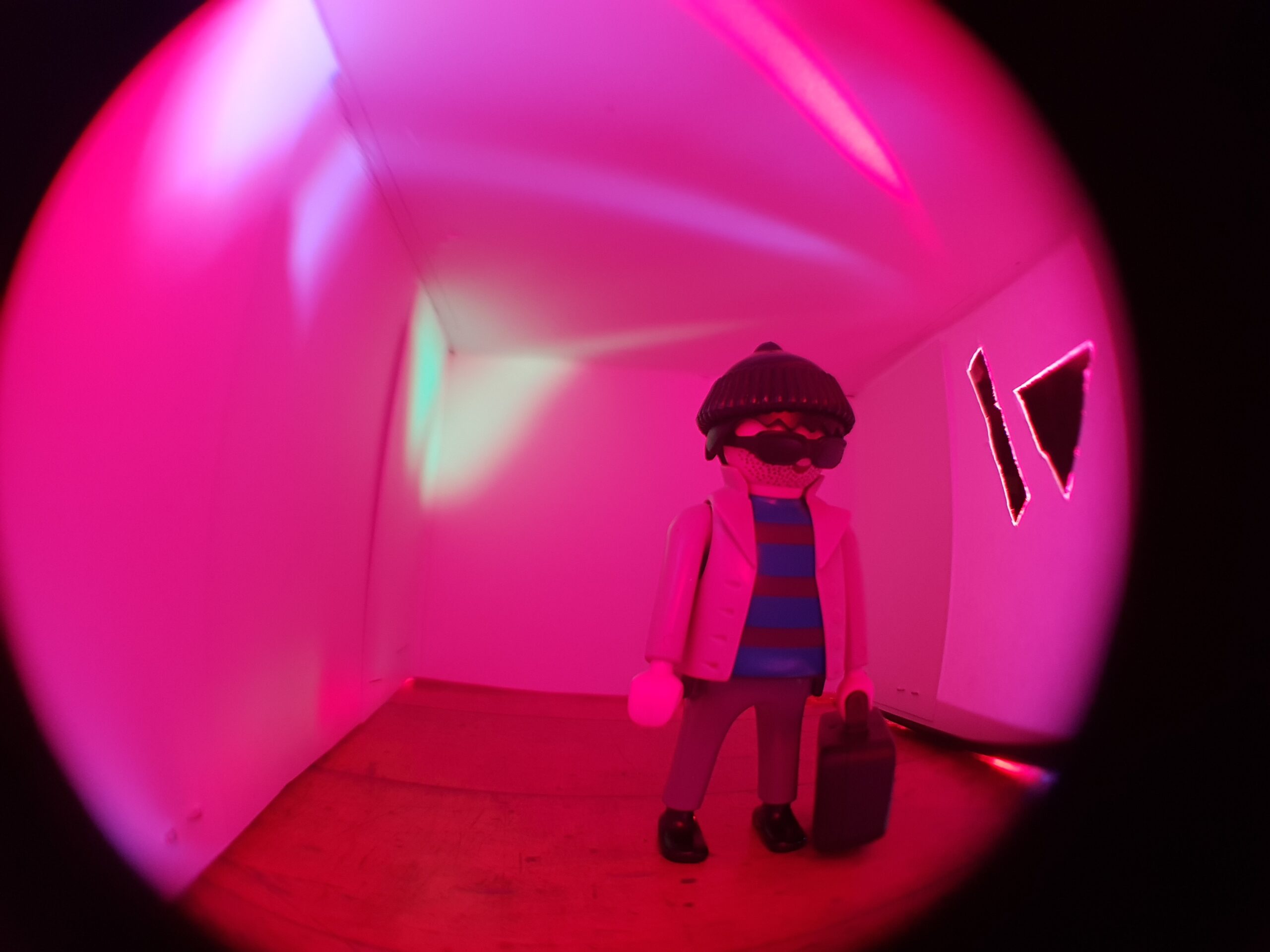
After doing this exciting experiment I can understand how the sun path works, I had to move my light from the edge of the table to finish my recording on the other side of this edge, if that makes sense, like if the earth is flat but that helps understanding
Every hour the sun light moves more on the surface like 100% 120% 150% and so
I noted South on the diagram, as I understand North of the azimuth is the default side, otherwise, if I use South I should say so.
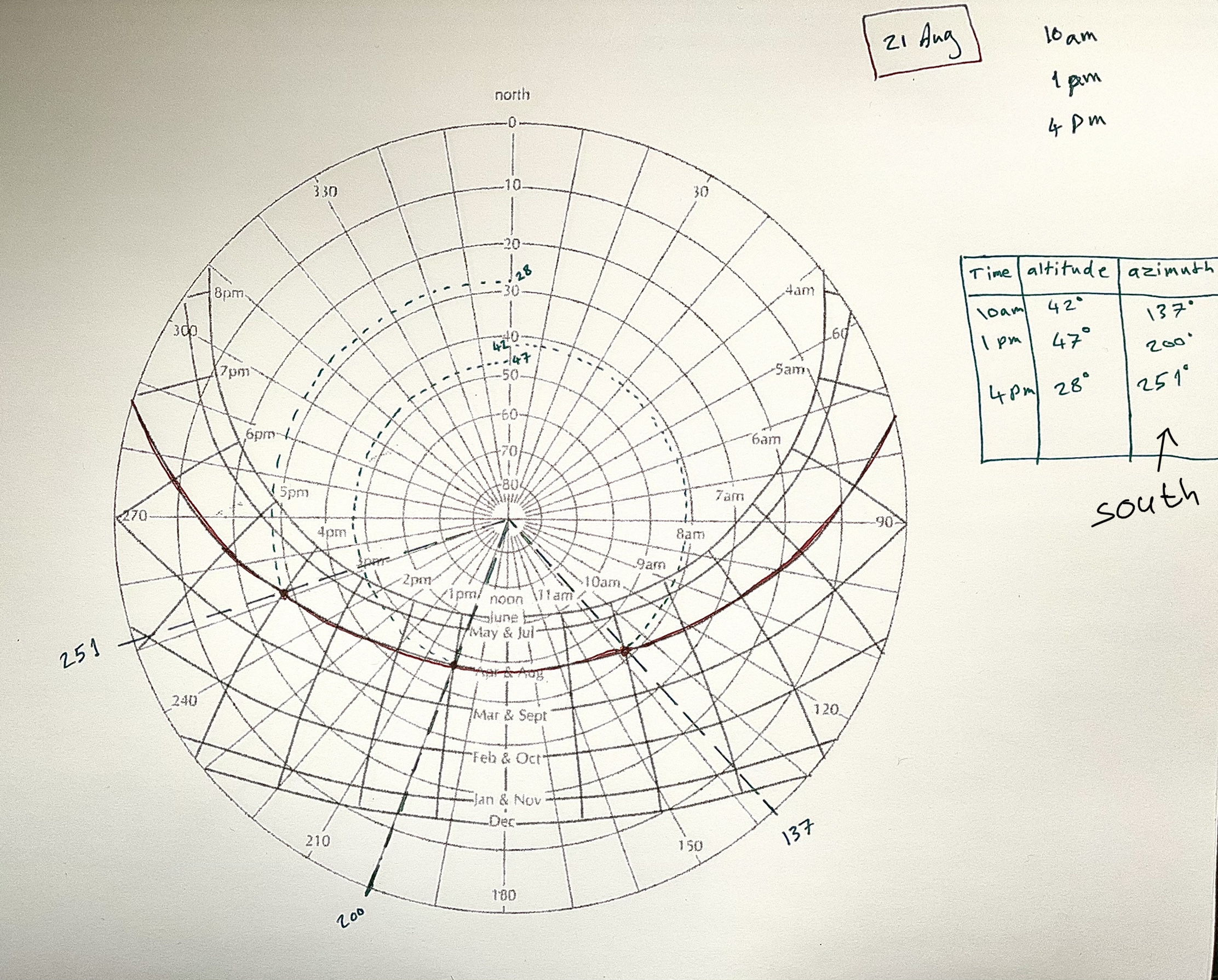
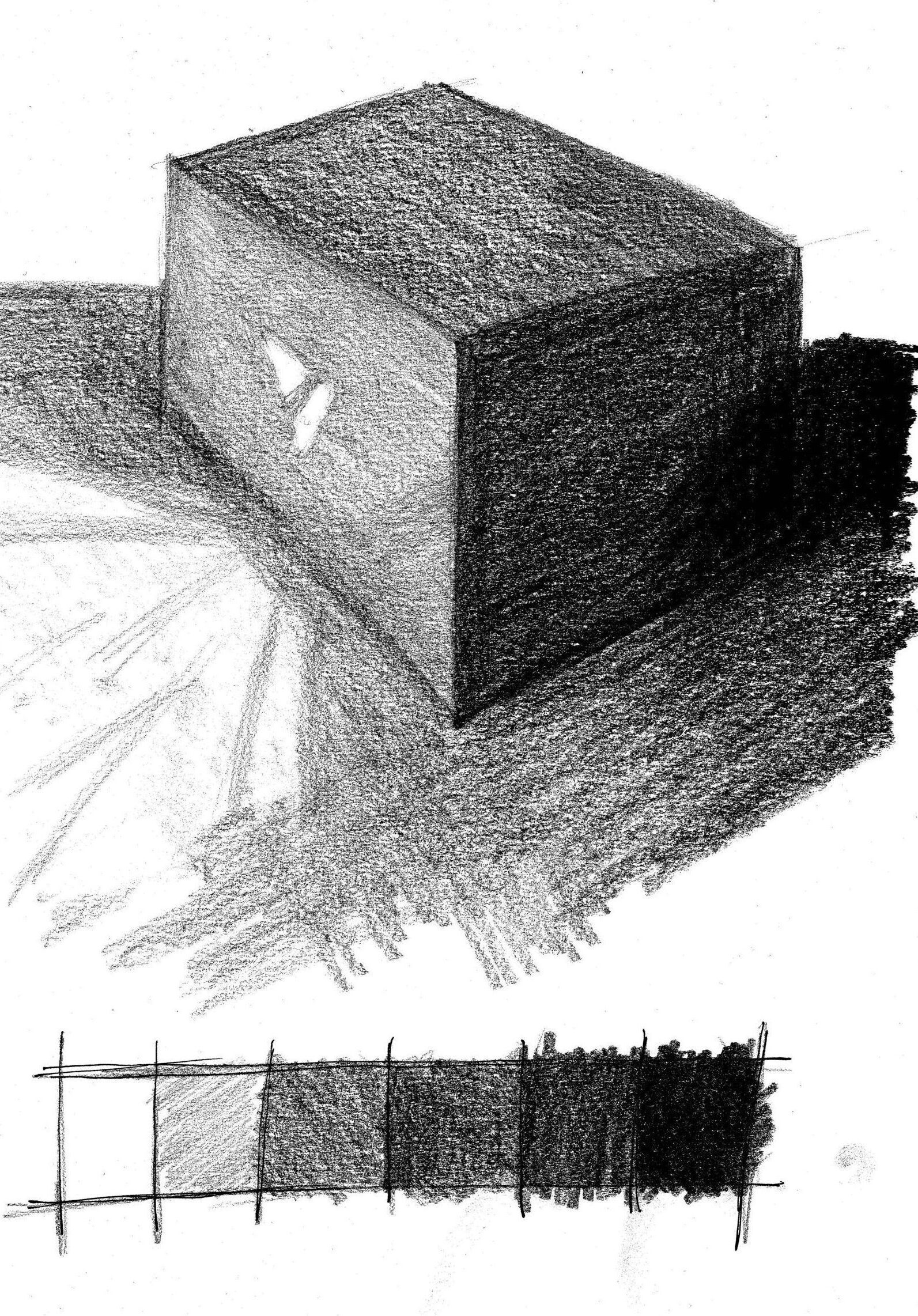
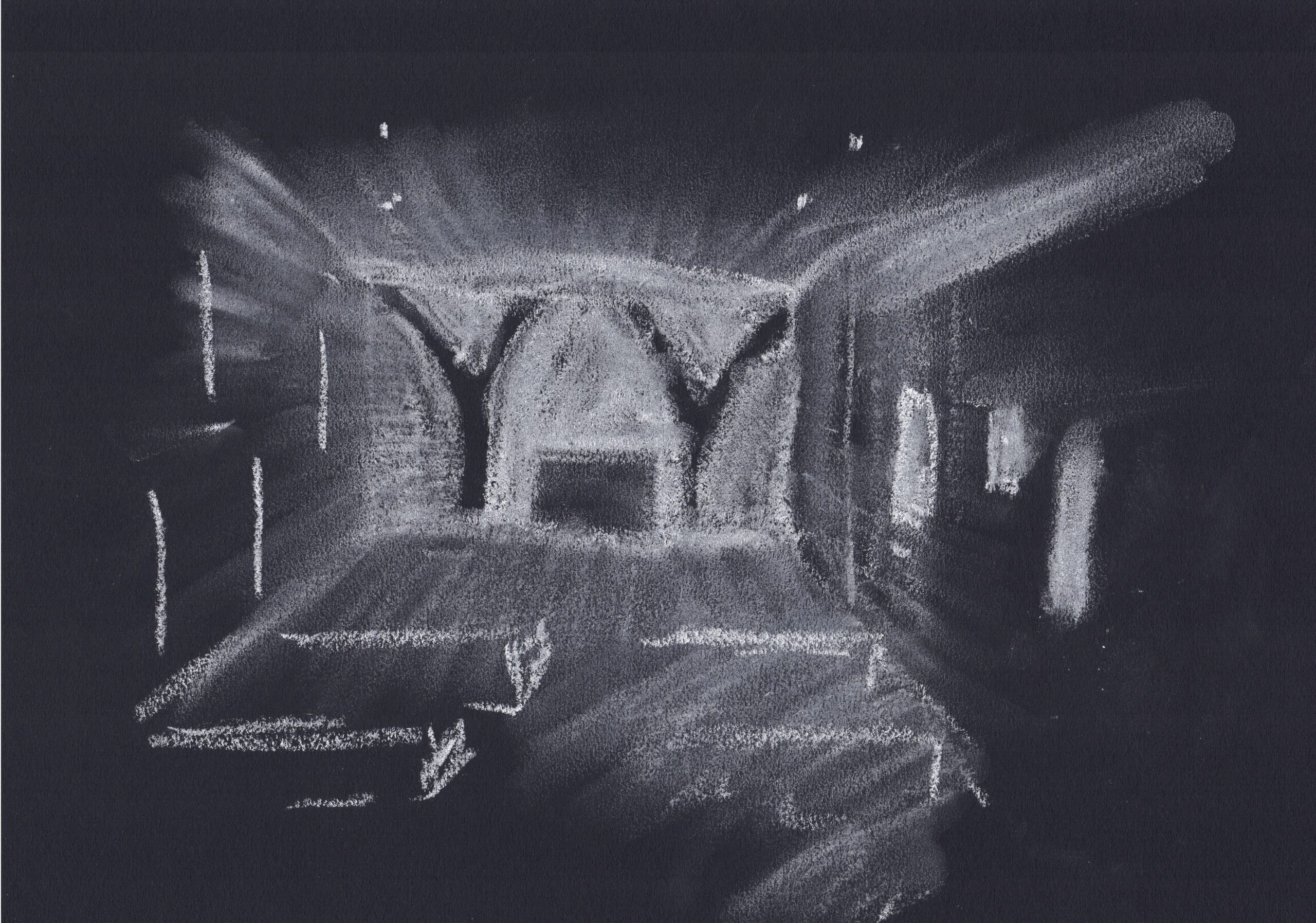
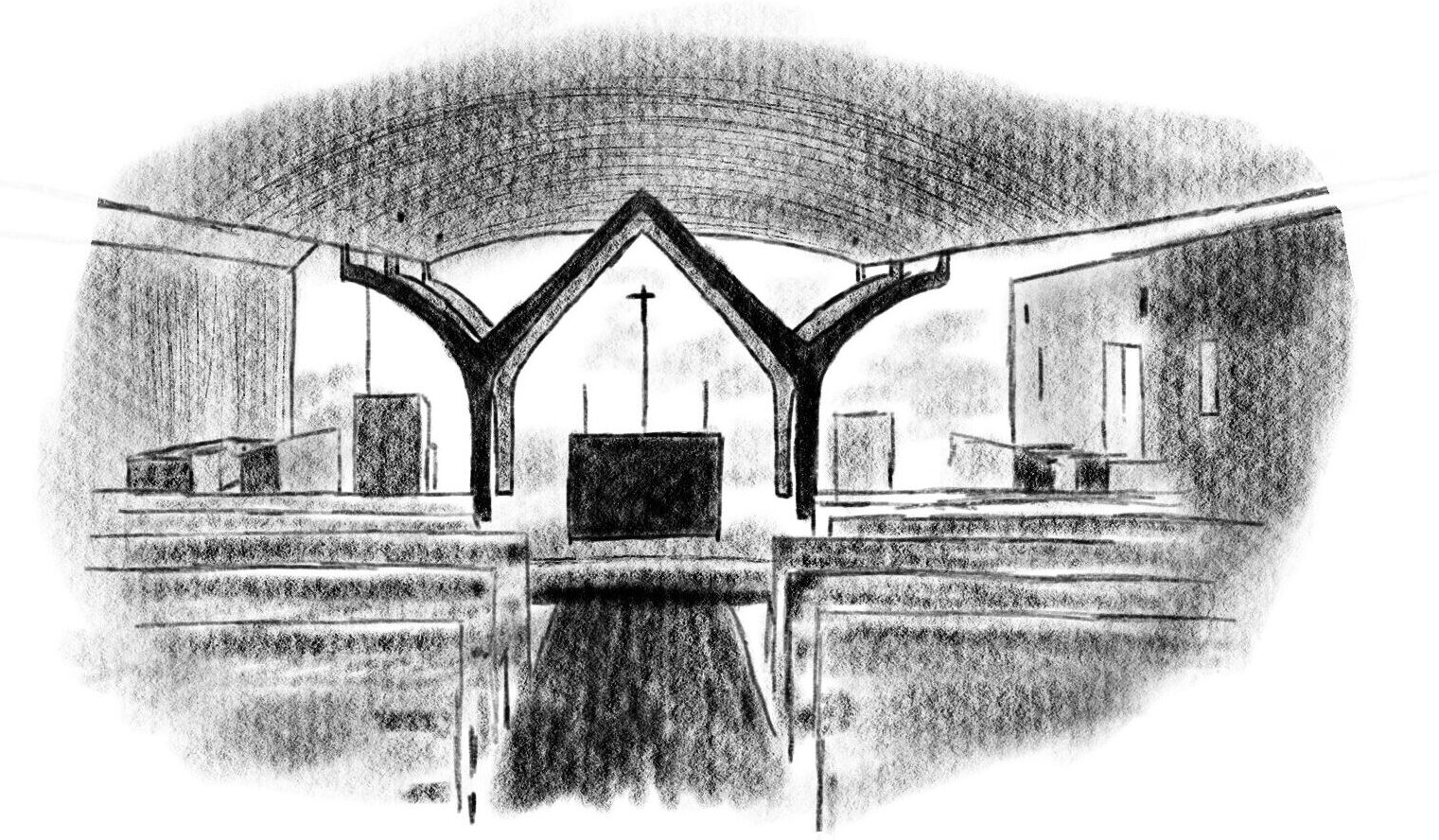
Daylight plan showing the LUX amount of some spots of St Albert’s church by using a mobile app, after calculating, the daylight factor is less than 2%, the space looks gloomy under daylight alone and needs more electric lighting.

1.
I believe the question of “Who are you designing for?” is a good one to ask. I never knew that for our eyes the colours vision and light absorption would be reduced with ageing, but what comes to mind is that these facts will affect the designer himself, which means I won’t be able to see the world as I used to when I get older, but the good thing is that as I get older, I can understand how elders see things and perhaps I will understand what they like more for their interiors designs. However, I understand now that I need to consider my agent’s age and maybe my age as well for the design.
2. 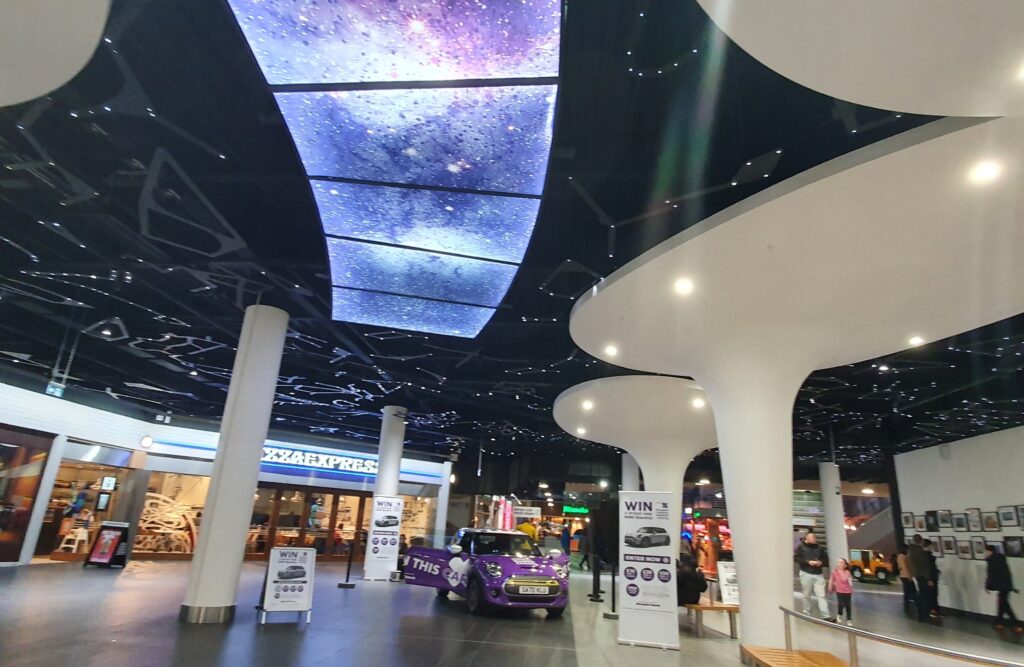
the facts: where, when, what? This photograph was taken on October 30,2021, at Xsite Braehead in Glasgow. I frequently visit this facility because it houses a variety of arcades and entertainment, including virtual reality simulators.
technical/narrative description: Because the facility is for gaming and entertainment, the ceiling and lighting have been designed to resemble space and its stars, with LED lights mounted on metal black, painted panels beneath the black painted ceiling.
your own reflections: I think it’s great to use lighting to imitate your thoughts in real life; they’ve saved money on the ceiling by concealing the original ceiling beneath the lights; it’s more technical than artistic, but it’s still lovely.
3.
